Venezuelan fashion aspires to sustainability
When an eight-story building collapsed in Savar, Bangladesh in April 2013, the world began to stare in horror at the fashion industry. The Rana Plaza was a factory where thousands of people worked in the worst conditions for many of the best known and most consumed brands on the planet. That day, the building collapsed and 1,138 people died.
It was not the first tragedy in that industry nor was it the last, but it gave way to the creation of organizations that educate consumers and brands so that dressing up is not a danger to workers in that industry or to the environment.
One of them is the Fashion Revolution movement, founded by activists Carry Somers and Orsala de Castro, which promotes meetings with organizations around the world such as Suprareciclaje, Renovando Laboratorio Creativo, Greenpeace Chile, Eje Central, Slow Fashion Movement LATAM, among others. .
In Venezuela, with the speed and visibility that the political, economic and social context allows, some organizations of this type have been created and little by little the brands begin to move towards sustainability.
educate the consumer
The Brundtland Report, published in 1987 for the United Nations (UN), defines sustainability as "development that meets the needs of the present without compromising the ability of future generations to meet their own needs." In 2015, the UN approved the Sustainable Development Goals (SDGs), which aim to “eliminate poverty, reduce inequality and achieve more peaceful and prosperous societies by 2030”.
The activist, communicator and designer Carla Tovar, who directs Fashion Revolution in Venezuela, raises two key issues to undertake this transition: who makes your clothes and what material they are made of.
"Being sustainable is a process that involves an entire production chain," he tells me. And that sustainable chain is based on three pillars: environmental protection, social development and economic growth. Changes start from within oneself and if this is not the case, it is difficult for others to wake up and change. At Fashion Revolution, the aim is not just to point out the brands that are doing it wrong and teach them how to do it right. Also, you can't tell an industry to change its way of working in five days. The industry will continue to advance with us or without us. Our job, what we can do, is to educate citizens. Fashion Revolution has guides for individuals, brands, producers, and factories. The main objective is to educate because we do not have responsible consumption education.
That is why this movement gives workshops and talks on the environmental impact of the textile industry; design as a means to reduce waste; reuse: upcycling, recycling and downcycling; Second-hand clothing and the importance of regulating its sale in Latin America.
Another training space is the RedCiclos Initiative, created by the Venezuelan Vanessa Campitelli Frey, which intends to offer strategies to future brands so that they meet sustainability objectives from her own experience.
Campitelli decided in 2015 to agree her actions with her interests. She then began to change her habits for more conscious ones, more responsible with the environment, and to live with values of sustainability. As part of this process of change, she opted for a Master's Degree in Climate Change at the European University of the Atlantic in Santander, Spain. The program gave him the opportunity to have tools to solve the sustainability problems that Venezuelan brands have.
Campitelli assures that Venezuelan brands are interested in changing and the consumer is included in that process. Brands today not only sell products, they also tell their story and educate their consumers. This opens up a space for the consumer to see that things can be done differently.
The brand perspective
There are several Venezuelan brands that present themselves as sustainable, but are they? Setting it up is complicated.
Tovar explains that it has been difficult for the Fashion Revolution movement to have indicators in Venezuela. The companies are not properly registered and "since we are in a war economy, few brands want to show us their processes and tell us what their profits are, where they buy, who their suppliers are, which seamstresses do the work."
Campitelli, for her part, speaks of a supposed sustainability that is reduced to an advertising strategy:
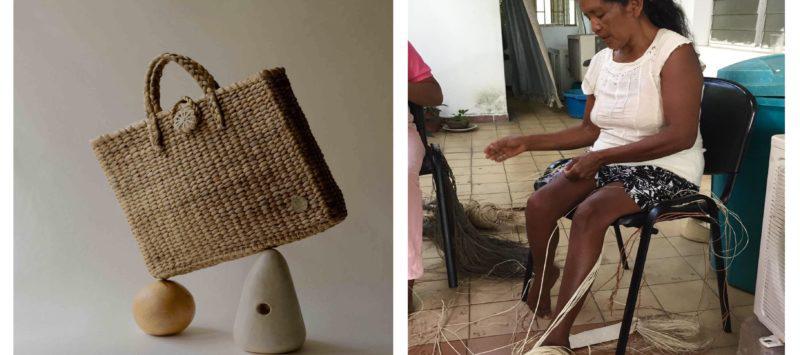
how to make desi tea https://t.co/qVk5NaO7ZW Ingredients: 200ml Water 400ml Milk 1Tbsp Black Tea 1 Tbsp Brown S… https://t.co/Elcd1DpNMV
— Desi Home Recipes Mon Mar 08 06:56:40 +0000 2021
—I don't take credit away from the brands that do it for marketing, because the more noise it makes I think the more people want to start promoting and talking about these issues, and on that path they may start working with a real intention. But it's not just that.
Marina Taylhardat, creative director and founder of Ushuva, speaks about the production chain that includes third parties. Her brand meets several of the objectives and has sought in recent years to change its processes. She is also constantly searching for better materials and production strategies.
But although the brand is financially supported today and offers its workers good conditions, Taylhardat confesses that she does not consider herself 100 percent sustainable. Ushuva has in its collections everyday flannels, sweaters and dresses made of cotton. In addition, few pieces are made from each collection, depending on the quantity that is sold, and thus avoid increasing waste.
—I work with cotton and with serious companies, but the reality is that I don't know the production process of the fabrics that I buy in Peru. I don't know how cotton is grown, nor how it is manufactured. We buy the thread that we use to sew our clothes in Venezuela and they assure me that it comes from a serious factory, but I don't know if it is true that it is made by people of legal age and not children. There are thousands of questions, the fashion chain is not clear and being totally sustainable has a very high cost —explains Taylhardat.
Campitelli explains the situation:
—In Venezuela this is a recent concern. Yes, there are brands that talk about the sustainability of their processes, but I always tell them and emphasize that we cannot say from one day to the next “I am a sustainable brand”, because there is currently no complete sustainability. Yes, we can talk about brands that want to work on sustainability values within their processes. Little by little they have seen how more brands aspire to this business model, in many cases for marketing and in others, for conscience. In Venezuela, in addition, the environment in which we live complicates things, we have a reality that makes us assume these values from another perspective, perhaps not emphasizing so much the environmental point of view but the social one, which is very urgent.
It is this point of reality that most worries the designer Efrain Mogollón, who in Venezuela produces haute couture designs and has managed to form a factory team of his creations within the country. In his social networks, Mogollón alludes to the economic crisis and assures that his brand offers a good, stable job to thirty people. Mogollón is one of the five finalists of the Latin American Fashion Summit 2021, a platform created by Estefanía Lacayo and Samantha Tams whose mission is to raise the level of the Latin American fashion industry.
The designer and goldsmith Carol Leal is the creator of another brand that assumes sustainability values. Aware that the extraction of traditional materials used in goldsmithing is usually very polluting, Leal includes collections of accessories and handbags made by Warao and Yekuana communities who know a tradition that has almost disappeared, and the materials they use are natural fibers dyed with dyes natural. This underlines the importance of the indigenous tradition and creates employment in these communities with the support of Fundación Tierra Viva.
And also that many alternatives have not really been evaluated. Leal, for example, mentions vegan leather, which she used in some of her handbags as a substitute for animal leather and now it is known that, being plastic, it is very polluting.
—In the midst of this debate between animal leather and vegan leather —says Leal—, an alternative has emerged: a fabric made from the fiber of pineapple and cactus leaves. But I can't get that in Venezuela and there one as a brand begins to wonder how much it can cost to bring it, how much is the least they can send it, how much would a bag have to be sold for to be profitable.
Soon Carol Leal will present her first collection of cotton flannels, made in Venezuela, which are a tribute to the artisans with whom she works. Each garment will have the image of one of the indigenous women who manufactures her products printed on it and will be accompanied by a brief biography of the artisan.
Another of the brands in transition towards a sustainable business model is Melao, founded by the Venezuelan María Fernanda Vera in 2011. In recent years, Melao has turned cotton into its main raw material, has reduced its production, has created collections for all type of bodies and has closed some of its physical stores.
These brands are joined by Verticales, Daniela Lugo, María Sánchez, Castello di lino, Watoshe, María Belén Fernández, Zulay Malavé Alcazar and Vayu Macramé. They are all part of the Fashion Revolution Venezuela movement.
The alternatives
In addition to the difficulties in financing sustainable production, it is added that the majority of consumers today have a reduced economic possibility of buying quality brands and the profusion of spaces for the sale of used clothing and upcycling.
In Venezuela there are several physical and virtual stores that sell second-hand clothes. In many you can find treasures at low prices. The best known are the Second Hand Fair in Macaracuay, Vintage Fundaprocura, Retrocycled, Serendipia Shop, Corocora Vintage, Retrospectives and Showing Un Poco de Arte.
For example, Carla Tovar's brand that is also part of Fashion Revolution, 2ndChance, is responsible for extending the life of garments about to be discarded. And so do Nouel, Sanoja and Guarapita.
The paths of the creation and sustainable consumption of clothing will diversify in the coming years, since recovering the planet from the enormous environmental destruction caused by the industry must be a priority on the agenda of all nations. In Venezuela, considering a complex economic, social and political reality, more ways will have to be found to adapt to these new mentalities and demands.


















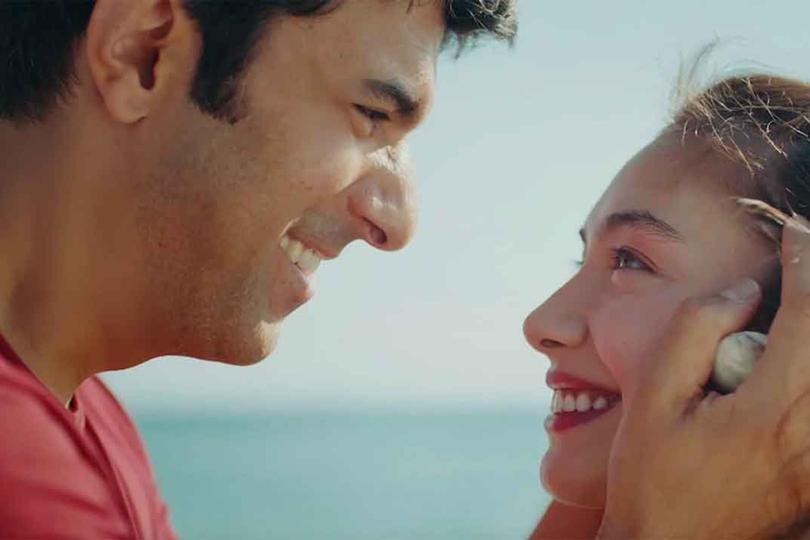

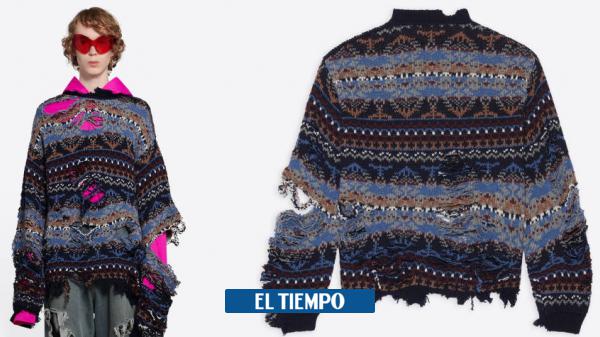
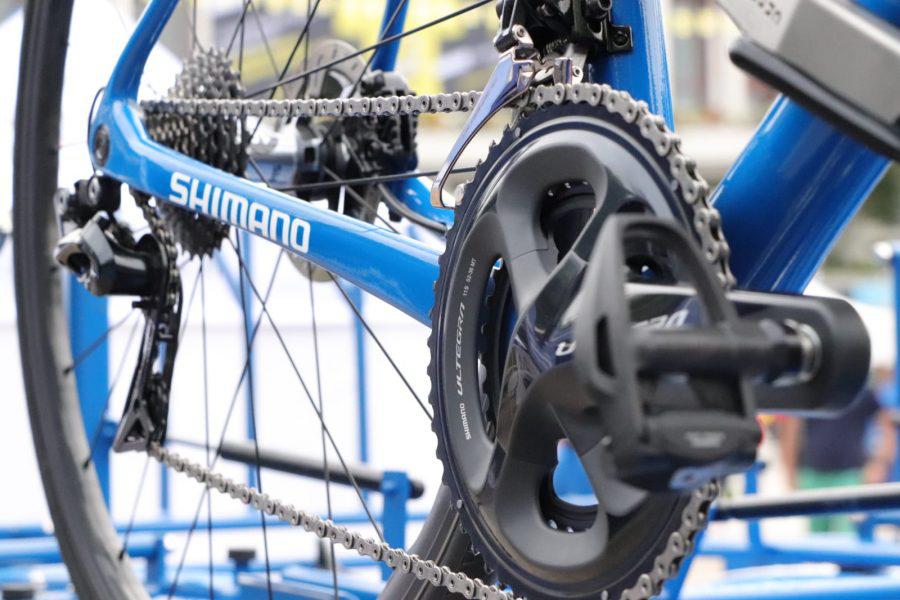
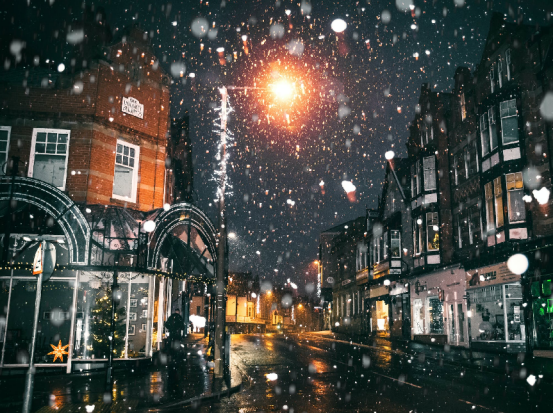
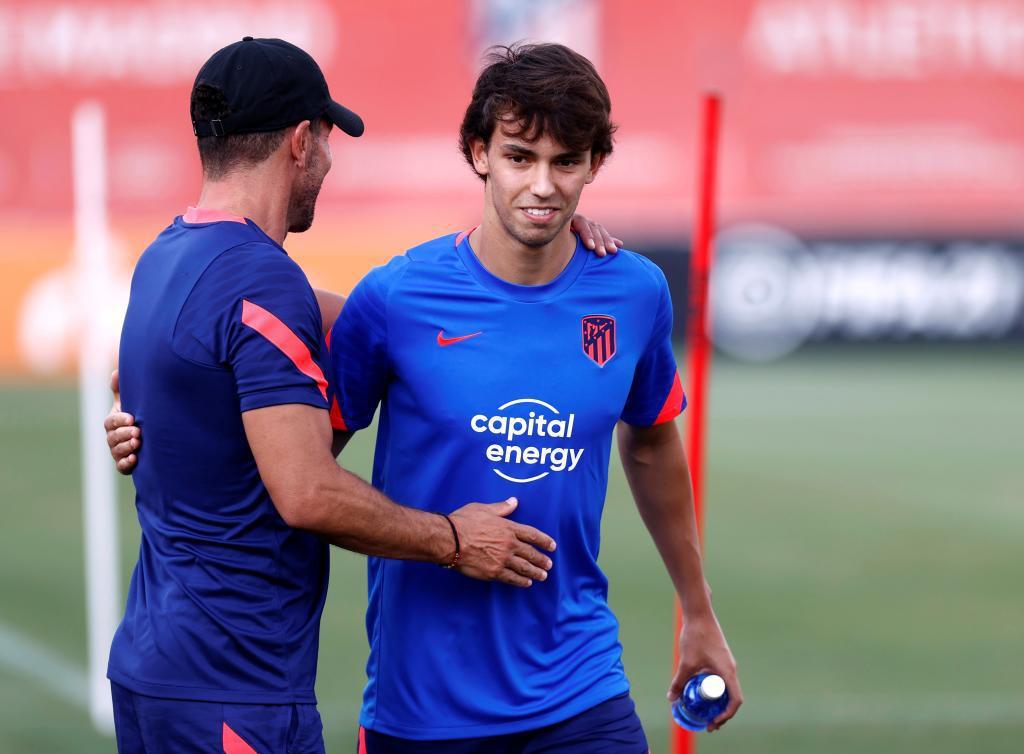
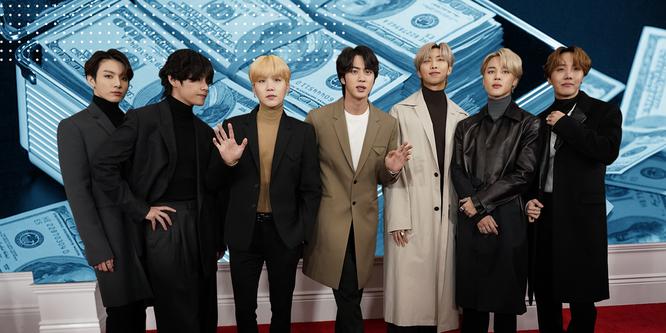
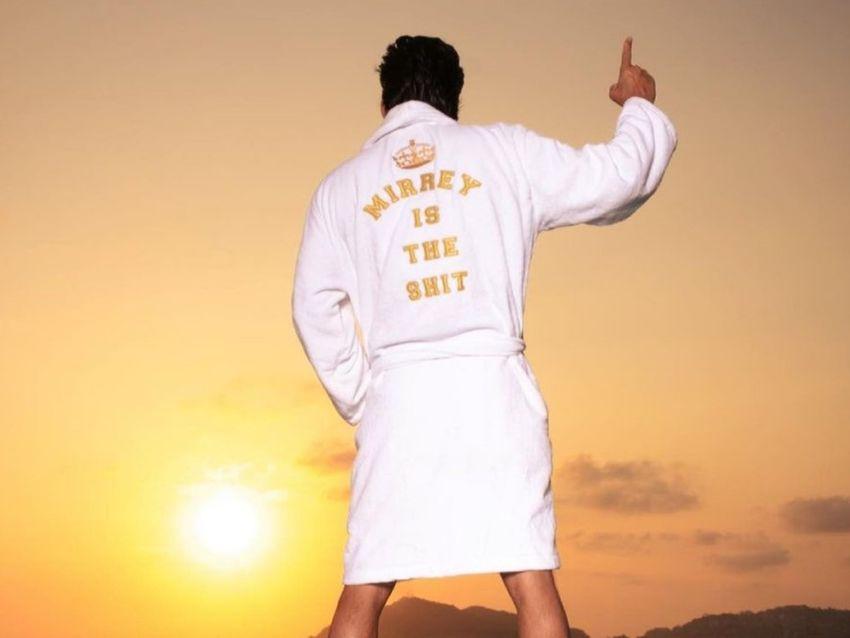
'The ambassador's daughter': everything about the premiere of the Nova series
18/03/2022A girl named Melek arrives in her living room and finds a dead man. Her mother, in the bathroom, cleans the blood from her clothes and her face, in addition, she keeps a knife along with the rest of the things in ...